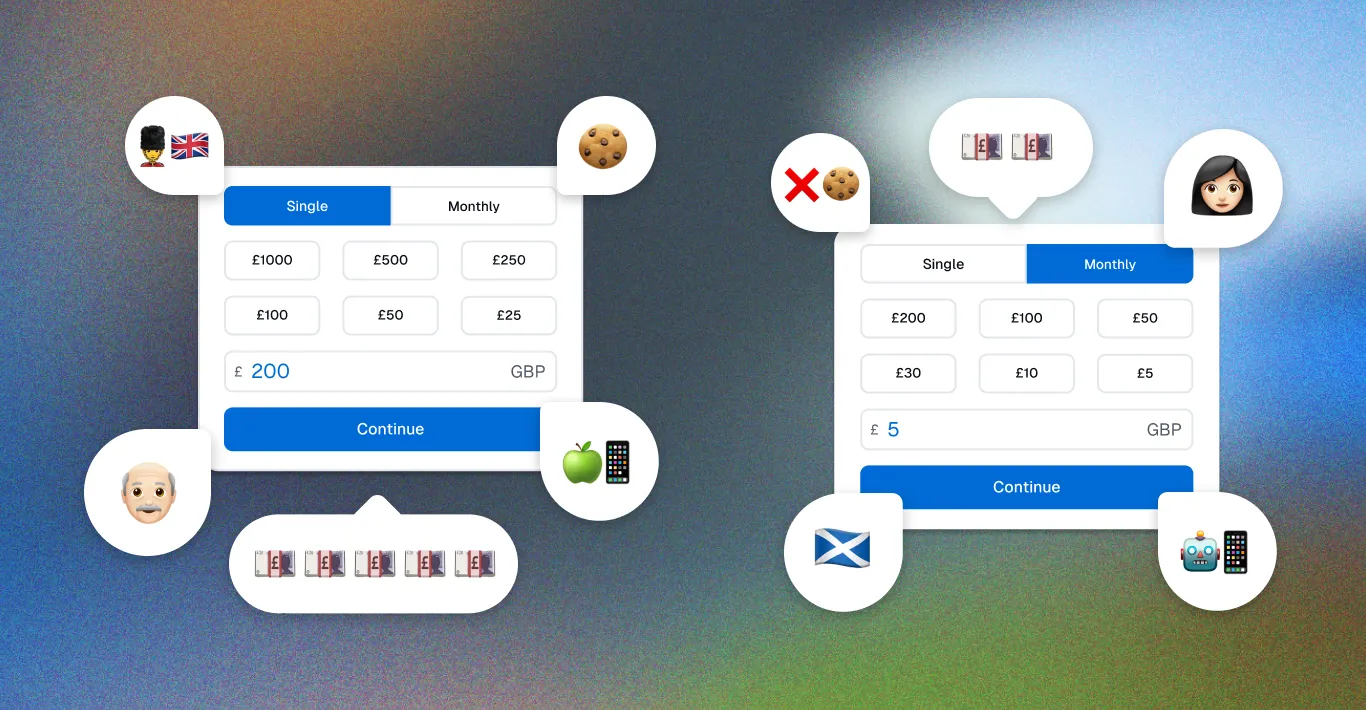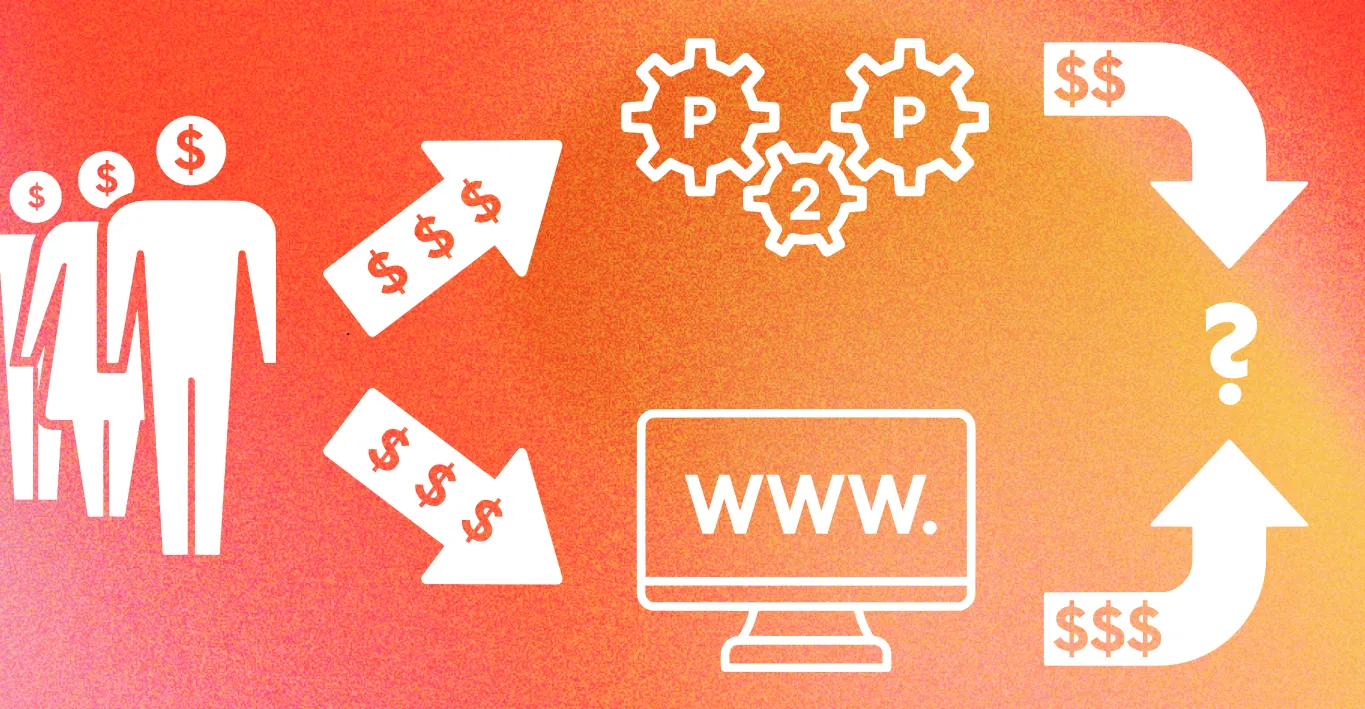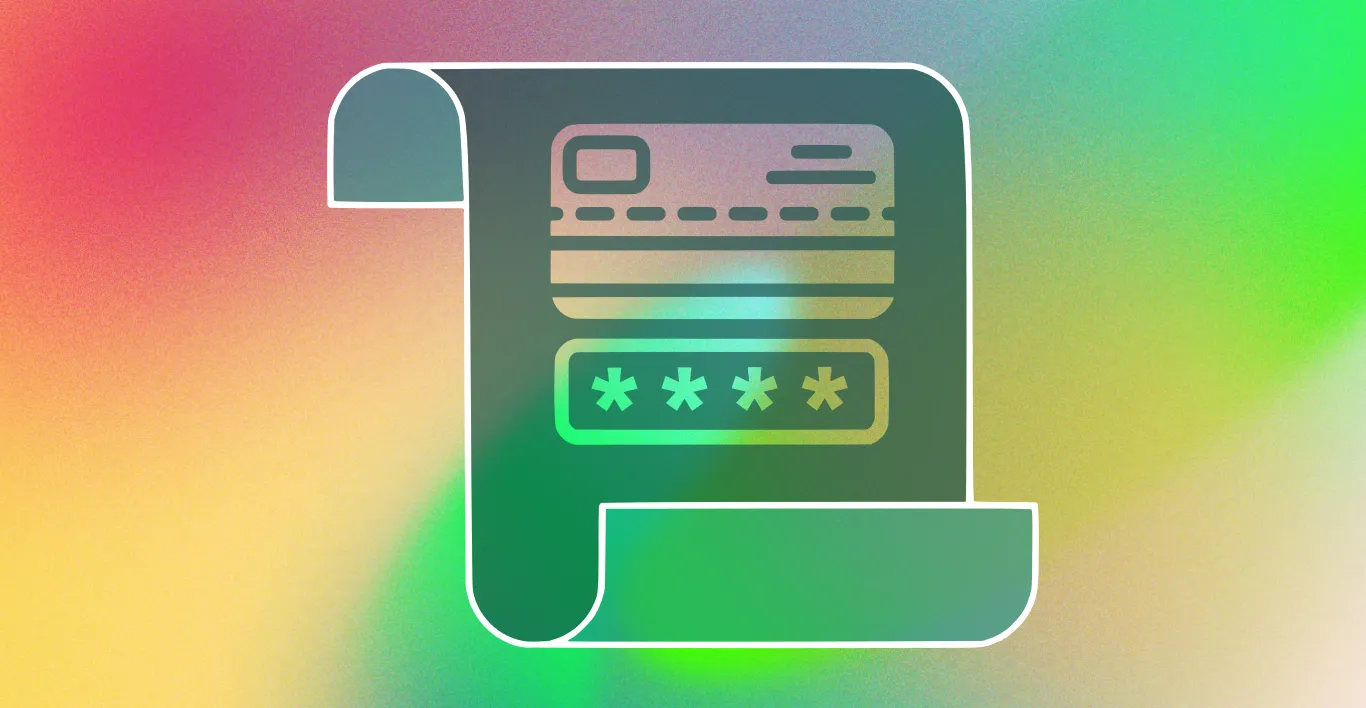Configuring your donation portal to meet your campaign needs takes care. Everything needs to be considered carefully, from the range of suggested donation options, the specific donation CTA wording, the follow-up email tagline. These all have the potential to be the difference between campaigns soaring successfully or squandering their potential.
With this weight of worry on hand, it’s terribly tempting to farm out the decision to “data”.
It seems to make sense. Every donor will be a different person, of a different age, a different gender, using a different type of phone/desktop, living in a different place with different expectations, different cultures, and perhaps most impactfully - a different income level. With all these variables in the mix, why wouldn’t you automate some of these processes?
This is where ‘dynamic’ donation portals come in, and why they might seem like a good idea. At first…
What is a ‘dynamic’ donation portal?
A dynamic donation portal is one that uses cookies and other available data user data to adjust the look, feel, and overall donation experiance. The portal will use data gathered from cookies and elsewhere to make determinations about the person viewing your nonprofit’s webpage, and then make changes accordingly.
What kind of changes? Everything from the button colour, the CTA wording, the overall design style, the number and pricing of the suggested donations, and whether or not the donor will be upsold to a larger gift later, or even a regular donation.
Depending on you platform of choice, the claim may well be made that these decisions, and the subsequent optimisation, is all organised by some kind of AI.
This all sounds like it could be wonderful, and perhaps it would be. But then again, perhaps it won’t. The following are three important reasons why the latter of those two looks more likely.
1. Will it actually work?
A dynamic donation system would indeed be a wonderful thing, if it worked almost 100% of the time. Unfortunately while such systems rely on cookies, which represent the lion share of usable data, 100% reliability looks increasingly unrealistic.
Once the nature of cookies became public knowledge, and more and more legislation, regulations, and consent requirements were built in around them, their overall effectiveness began to diminish.
70% of online consumers are blocking cookies online, and 46% of American internet users are doing at least some percentage of their online browsing via VPN. Factor in incognito mode, ad blockers, and privacy-prioritising browsers, and an overall trend takes shape.
The average internet user expects privacy.
GDPR was a big swing in this direction, but the pattern will be pushed even further by possible Californian legislation on presumptive cookie denial. Given the presence of Silicon Valley in the region, where California goes, the rest of the global internet usage will likely follow.
The more pervasive this trend becomes, the less effective dynamic donation platforms will be. At least in their current form. Unless the technology changes, the overall level of effectiveness may well make this technique less than worth it.
2. If it works, will it be ethical?
There has always been something of a “grubby” feeling about the use of cookies and other similar tracking systems in Ecommerce. Conventional wisdom now necessitates incognito mode while browsing hotels or booking flights to avoid massive overcharging.
It can only be a bad thing if such suspicions also start infecting the third sector. Potential donors may well start having all kinds of legitimate questions about associated information security issues. Questions like:
- Where are you storing my data?
- Where did you get it from?
- How are you keeping my data safe?
- Who else besides yourself has access it?
- Why did you make the suggested donation amounts higher/lower because of my data?
- What factors about me did your data use to make your decisions?
This last is especially dangerous. It has the horrifying potential to be making the kind of actively discriminatory judgements that - at best - seem unsavoury, at worst are the kinds of things people file lawsuits about.
If customers knew well beforehand that these kinds of changes could happen, do we think they would definitely accept this? Is there a danger that without such foreknowledge, transparency would be undermined?
3. If it works, and it’s ethical, will it be accurate?
Even if we imagine that cookies remain relatively useful, and the issues around ethics of the usage of their information can be successfully navigated, there’s then the third big problem of dynamic donation portals - will they make the right decisions?
Some dynamic donation portal providers have been making the slightly dubious boast that their offerings use “AI” to make the decisions. These systems claim to take the learnings and techniques developed by themselves or third party providers, apply them to the cookie information that consenting customers bring with them, and adjust their platforms accordingly.
There’s three big issues with this as an idea;
First, it’s not clear if it’s actually true. AI is a very poorly understood term by the wider public. It may well be that the system is actually using something much more akin to a regression algorithm or another altogether more mundane piece of digital apparatus. The kind of thing that was cutting edge ten years ago, but is now very run of the mill.
Second, if it is genuine AI this then opens up a whole new host of ethical questions. Issues around the data the AI was trained on, and the wider copyright compliance of such things are still being fought over in courts. If it turns out that such software is functionally ‘illegal’ then that’s a major issue. Even if it isn’t, and there are legitimate use-cases for AI in sectors like this, the sour taste left in the public’s mouth by the airing of AI’s dirty laundry could be a real optics nightmare.
Thirdly, even if it is AI, and the ethics of the system in question turn out to be wholesome, AI is well known for not being as accurate as we’d all hope. The hilarious inability of ChatGPT to accurately count how many times the letter R is used in the word ‘strawberry’ remains unsolved. Also, we saw the 2023 Cambridge Word of the Year was ‘hallucinate’ because of its new widespread usage for AI’s habit of producing entirely invented nonsense content. The connection between 'AI powered' and 'accurate outputs' still remains elusive.
An AI powered dynamic donation portal may well not be the silver bullet to donation optimisation. If such a thing can be said to exist, it’s likely to come from the carefully calibrated craft of programmable philanthropy professionals. As opposed to the aspirational attempts of an AI-automaton.
To find out more about what those programmable philanthropy professionals would propose instead, keep your eye on the Everfund blog for future updates


